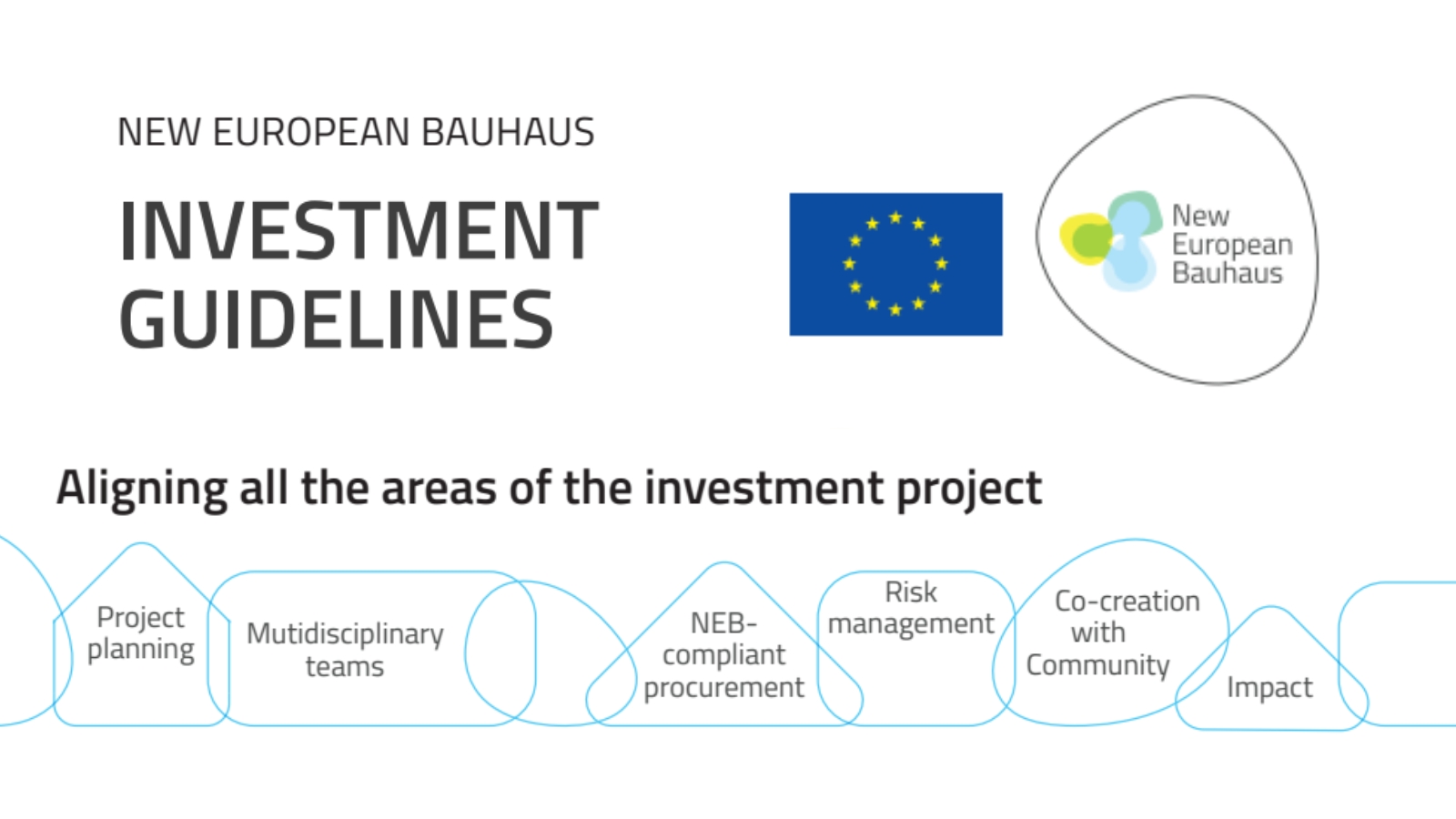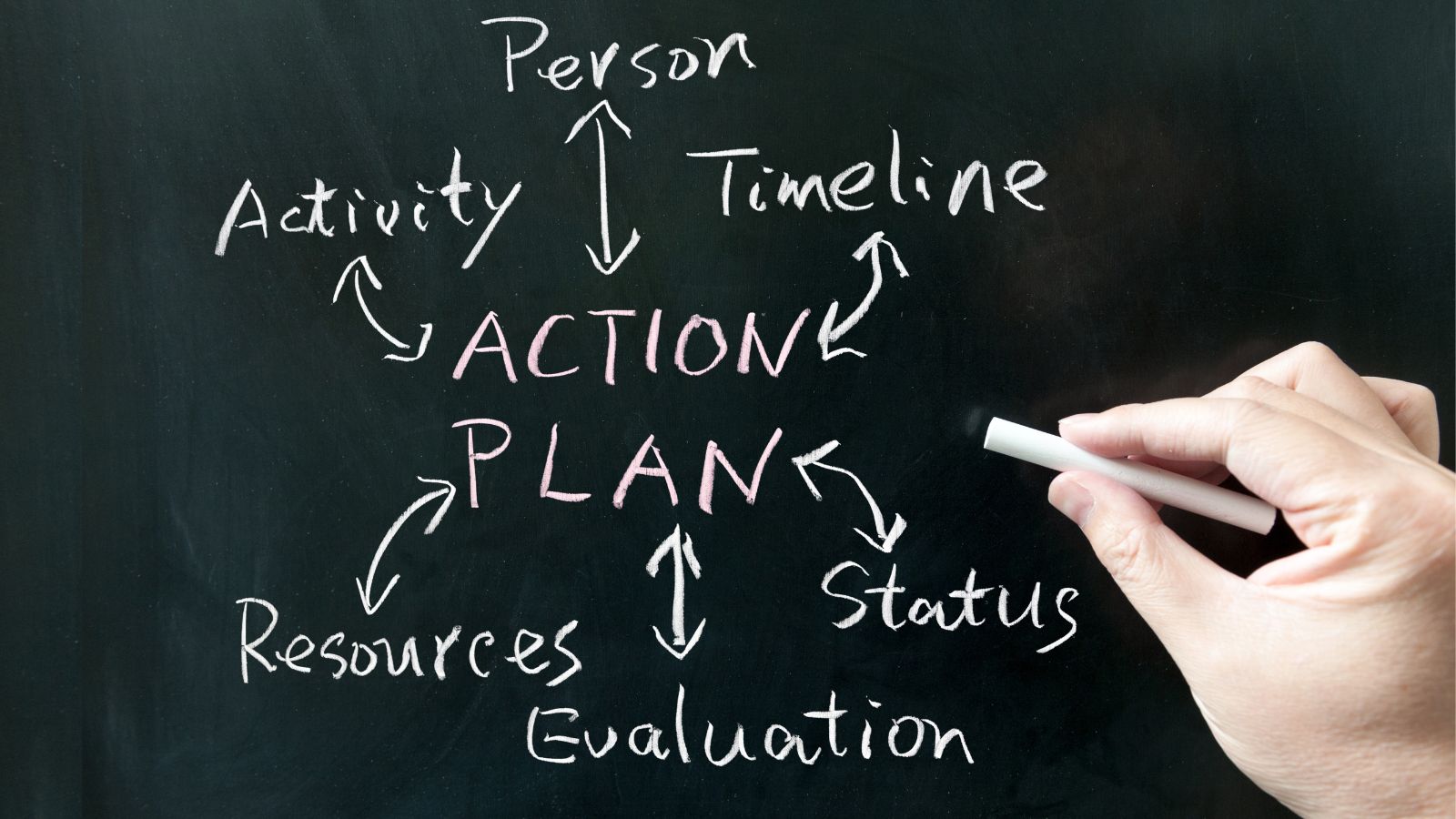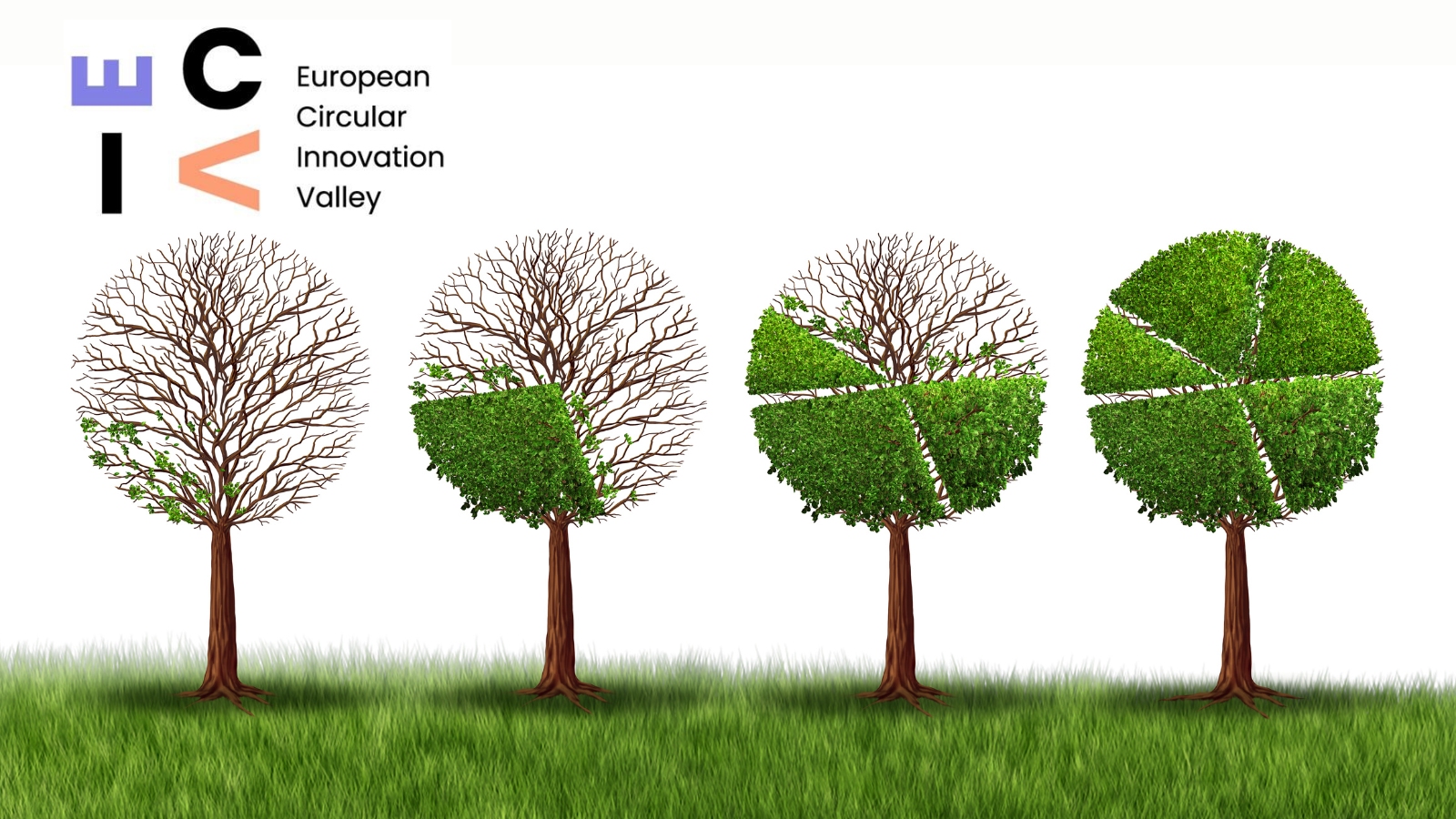Imperial College London has launched a report outlining ten recommendations for governments and policy makers to drive the success of circular economy schemes. “For the circular economy to succeed, policymakers must listen to scientists,” he warns.
Dr Rupert Myers, from the Department of Civil and Environmental Engineering at Imperial College London, co-authored the guidelines. It is the first review of its kind to be produced by Industrial Ecology (the study of material and energy flows through systems).
The circular economy is a framework for sustainable resource management and can reduce the environmental cost of products – including electronics, textiles and metals over their lifetime.
Dr Rupert Myers said: “Scientists around the world have a wealth of knowledge and expertise on how we can manage resources sustainably and reduce the environmental impact of products throughout their life cycle. This report shows the need for governments and industry to collaborate with scientists in the UK and around the world”.
Convened by an international collaboration of researchers from universities, including University College London, Yale University and Imperial College London, the report explains how industrial ecologists can drive success by understanding materials, infrastructure and ecology equally.
According to the report, governments need to adopt an evidence-based approach, and the report discusses ten ideas to guide policymakers and industry practitioners. These ten ideas are summarised as follows:
1.Nature provides a model for industry: industrial ecology draws an analogy between industrial activity and the natural cycles of materials and energy, which are a model for the circular economy.
2.Society metabolises like organisms: industrial ecologists judge a society by its metabolism: the materials and energy it consumes, the activities it enables, and the resulting waste and emissions.
3.We cannot do without the environment: whether linear or circular, the economy needs the natural environment that provides essential resources such as food and materials and assimilates waste.
4.Environmental impacts are unavoidable: due to its dependence on nature, a circular economy cannot completely avoid environmental impacts, but it can target and reduce many of them.
5.Life cycle perspective: an approach that takes into account all impacts, from the extraction of raw materials to end-of-life waste, to ensure an equitable reduction of all impacts.
6.Early intervention to prevent waste: we can prevent waste by planning and designing systems that are efficient, with greater longevity.
7.Impacts vary from one environment to another: environmental impacts change between environments, so circular economies must adapt accordingly.
8.Material use depends on infrastructure: Infrastructure, such as energy and transport networks, requires large amounts of material for construction and maintenance and locks society into long-term patterns of material and energy use.
9.Technology is not the only solution: Technology can be a driver of positive change, but a circular economy also requires changes in the behaviour of business models and government policy.
10.The future is uncertain but can be anticipated: Industrial ecology cannot predict the future, but its forward-looking assessment methods help anticipate the environmental benefits of new technologies and practices.
Original Imperial College of London publication and access to the Decalogue, here.









